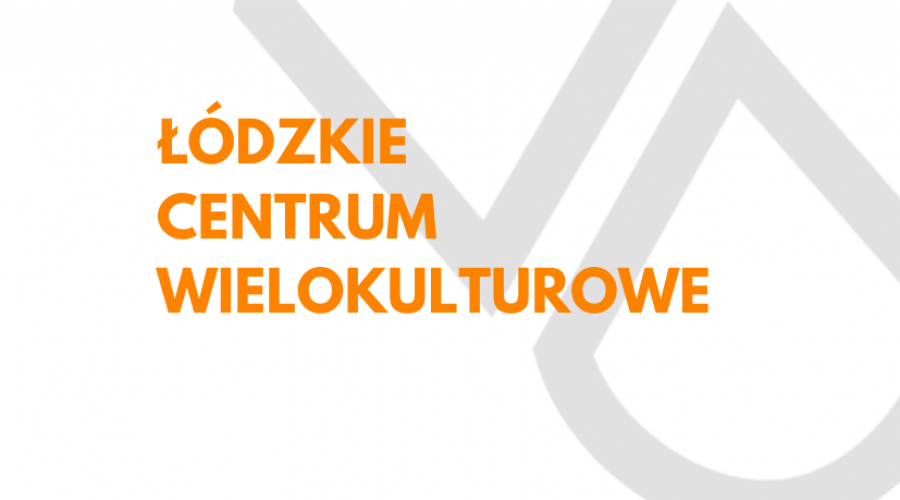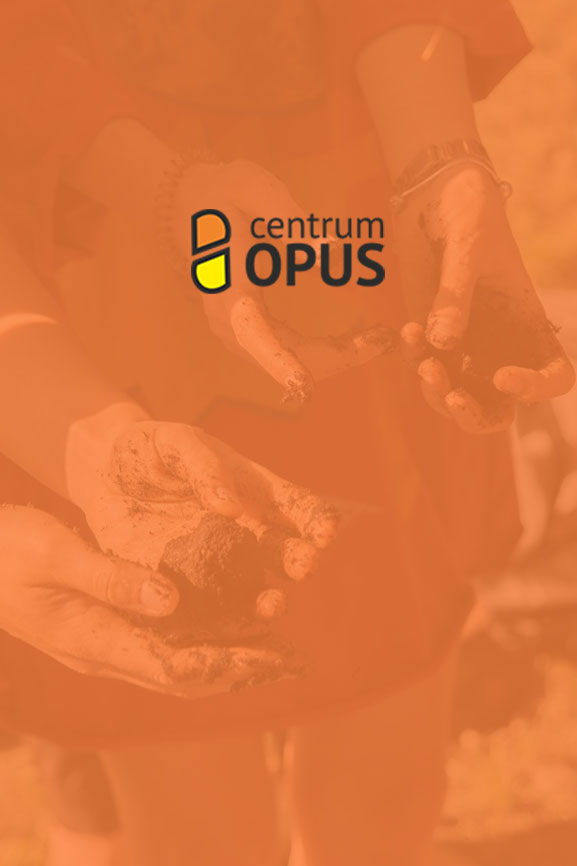Księży Młyn with English-speaking guide

EN
Łódź Multicultural Centre invites all foreigners living in Łódź for a visit the "Księży Młyn" with an English-speaking guide.
Let's meet in front of the main entrance of the Museum of Cinematography (adress: plac Zwycięstwa 1) on 26th March at 11 am.
Tour is free of charge.
To take
part in the tour please fill in the form below:
https://forms.gle/nr9o1mFk3NKffaaD8
Looking forward to seeing you!
__
Urban complex “Księży Młyn” (in English Pastor’s Mill) is the biggest historic factory complex in Lodz from the second half of the 19th century, built in the location of an old milling settlement that belonged to the local pastor, which is where the name originated from. It was created by Karol Wilhelm Scheibler, an entrepreneur from western Rhineland, who arrived in the Kingdom of Poland in 1848 and after a few years settled down in Lodz. The complex includes factory buildings, residential buildings, houses of the owners, directors’ mansions, school, hospitals, fire station, gasworks, factory club, and gardens and parks. Scheibler began to build his cotton empire from the factory complex at the Water Square (today Victory Square). His consequent investments already included the area of Księży Młyn, where the largest multidivisional factory complex of cotton textiles together with the workers’ settlement and the house of the plant’s director was erected. Experience gained while working for western European companies and openness to technical advances made Scheibler a leading factory owner in Lodz, and he became a model for numerous entrepreneurs of that time.
In a narrow sense, Księży Młyn is the name of a settlement, huge cotton mill and workers’ houses with a street, located on the western side of Przędzalniana Street, between Tymienieckiego and Fabryczna streets and Źródliska Park I. In a broader sense, it includes the entire urban complex which had formed up to the 1920’s, including the Scheibler and Grohman families’ estates. In 1971 the urban complex was recognized as an industrial architecture monument.
The fall
of the textile industry in Lodz forced the change of the settlement’s function.
Today Księży Młyn is a magnet for tourists, artists, and photographers. The
remarkable post-factory interiors are venue for interesting cultural events,
festivals, fashion shows, while the former mansions have been converted into
museums.
(https://lodz.travel/en/tourism/what-to-see/ksiezy-mlyn/)
__
For more information please contact:
lcw@opus.org.pl
PL
Łódzkie Centrum Wielokulturowe zaprasza wszystkich cudzoziemców mieszkających w Łodzi na spacer po Księżym Młynie (z anglojęzyczną przewodniczką).
Spotykamy się przed wejściem do Muzeum Kinematografii (plac Zwycięstwa 1) w sobotę 26 marca o 11.
Wydarzenie jest bezpłatne.





